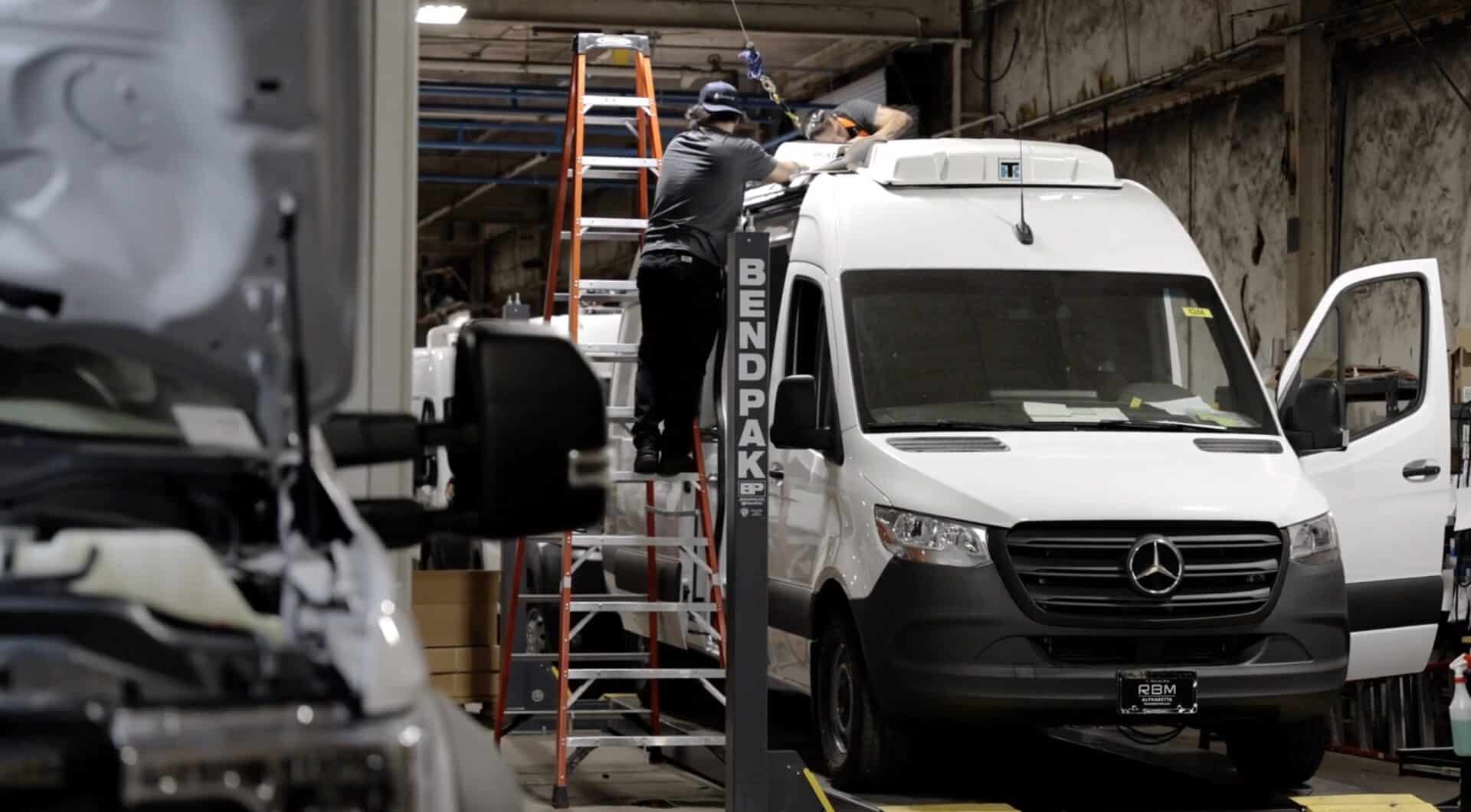
How To Transport Fresh Fish
Todd Cawley | June 1st, 2023
Retaining the quality of freshly bought or caught fish is a challenging task. You don’t want to threaten the public’s health or damage your company’s reputation and success by delivering improperly stored seafood. The key to protecting this valuable commodity is proper cold storage during transportation. For perfect delivery every time, follow these helpful tips while transporting fresh fish:
- Before packing, rinse the fish under cold water to help keep it clear of contaminants, then pat it dry with paper towels.
- Place the fish on a cake rack, ensuring no overlap, then place the rack on top of a shallow pan. Fill the pan with crushed ice if traveling long distances.
- Be sure to store fish at a low temperature. Continuously measure the seafood’s temperature, keeping it below 40 degrees Fahrenheit.
- When moving fresh fish, you’ll need a refrigerant. There are many to choose from, including gel, dry, or wet ice. Among these options, wet ice is effective, but can melt fairly quickly, posing a risk of flooding the container. Dry ice works, but can be difficult to handle. Gel packs are affordable and won’t melt, but they might not keep fish as cold as ice. By combining gel packs and another option, you may get the best results.
- Refer to the Perishable Cargo Regulations (PCR) Manual for a list of raw food transport standards. Transportation of perishable food items must also comply with the U.S. Food and Drug Administration’s requirements.
- Invest in a reliable refrigerated truck or van to deliver the best fresh fish. It’s important that whatever vehicle you purchasecan keep its temperature level and steady for as long as it operates. Nothing halts efficiency like frequent stops to fix temperature fluctuations.
If you follow these steps, you can be sure that your fish will arrive at their destination fresh and safe. Explore the Emerald Transporation Solutions website today if you’re looking for custom delivery solutions for perishable items. We offer refrigerated vans and trucks for sale and exclusive customization options to perfectly fit your needs. Call us at 678-928-8619 for more information on our services and transportation solutions!
Related Articles
Contact Us
Feel Free To Contact Us If You Have Any Questions
What does under DOT mean?
Questions regarding DOT requirements come up often. 10,000 lbs GVW (gross vehicle weight) and over are commercial vehicles that fall under the Department of Transportation regulatory requirements.
What is the difference between GVW and payload?
GVW or Gross Vehicle Weight is the entire weight of the vehicle including the payload. The payload weight represents the amount of cargo you are hauling.
What is a self-powered unit and a vehicle-powered unit?
A self-powered unit has its own fuel source and will run independent of the truck. This is the heaviest and most expensive option. While vehicle-powered units run off the engine via a compressor mounted on the engine. These are less expensive and lighter in weight but you must run the truck or plug the electric standby into shore power.
What does K-factor mean and why is that important?
K-factor is a term that stands for the overall insulating value of the container (truck body). Quite simply the lower the K-factor the better the truck body will be able to maintain a given temperature and require less energy to do so.
How much lighter is a Poly Van vs a US spec body?
Poly Van bodies are very light. On average we estimate we are 75-150 lbs per foot lighter than a traditional sheet and post foamed in place body. These weight savings translates to less fuel burn and less CO2 emissions, along with added payload, the most important benefit.






